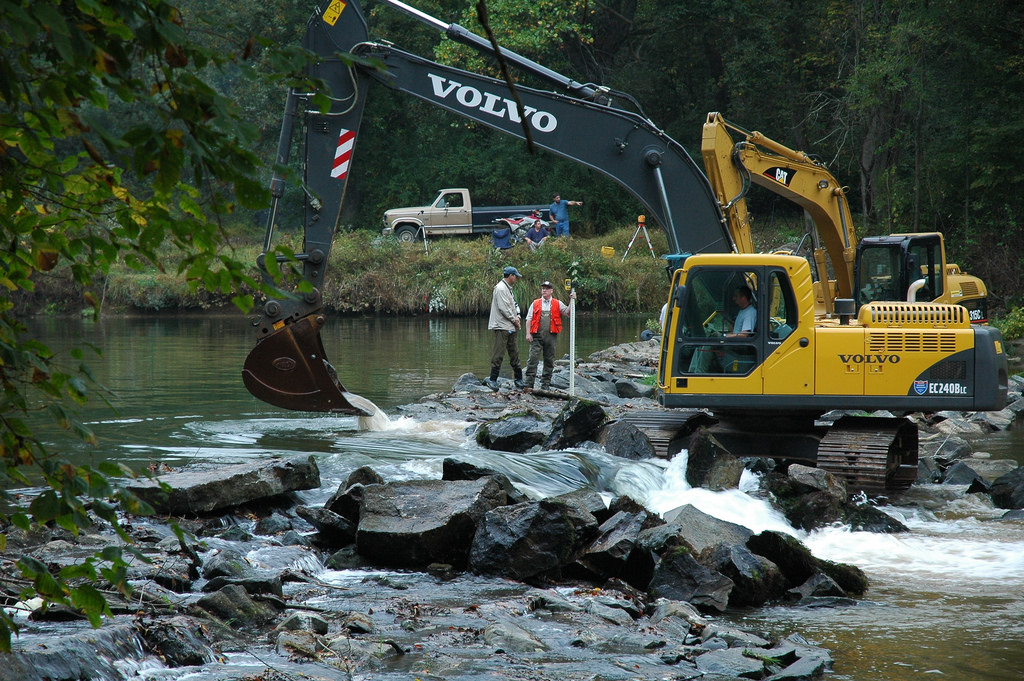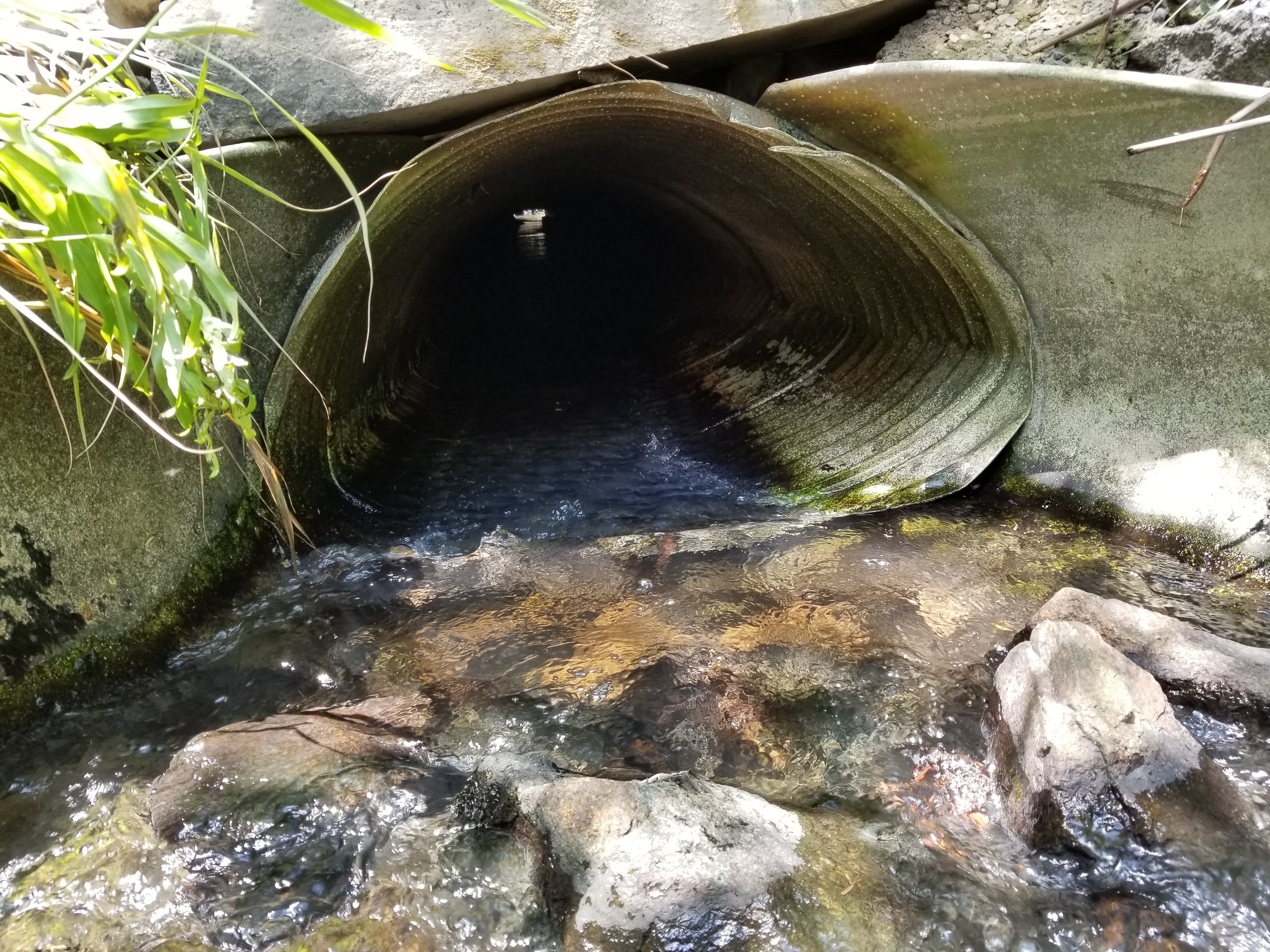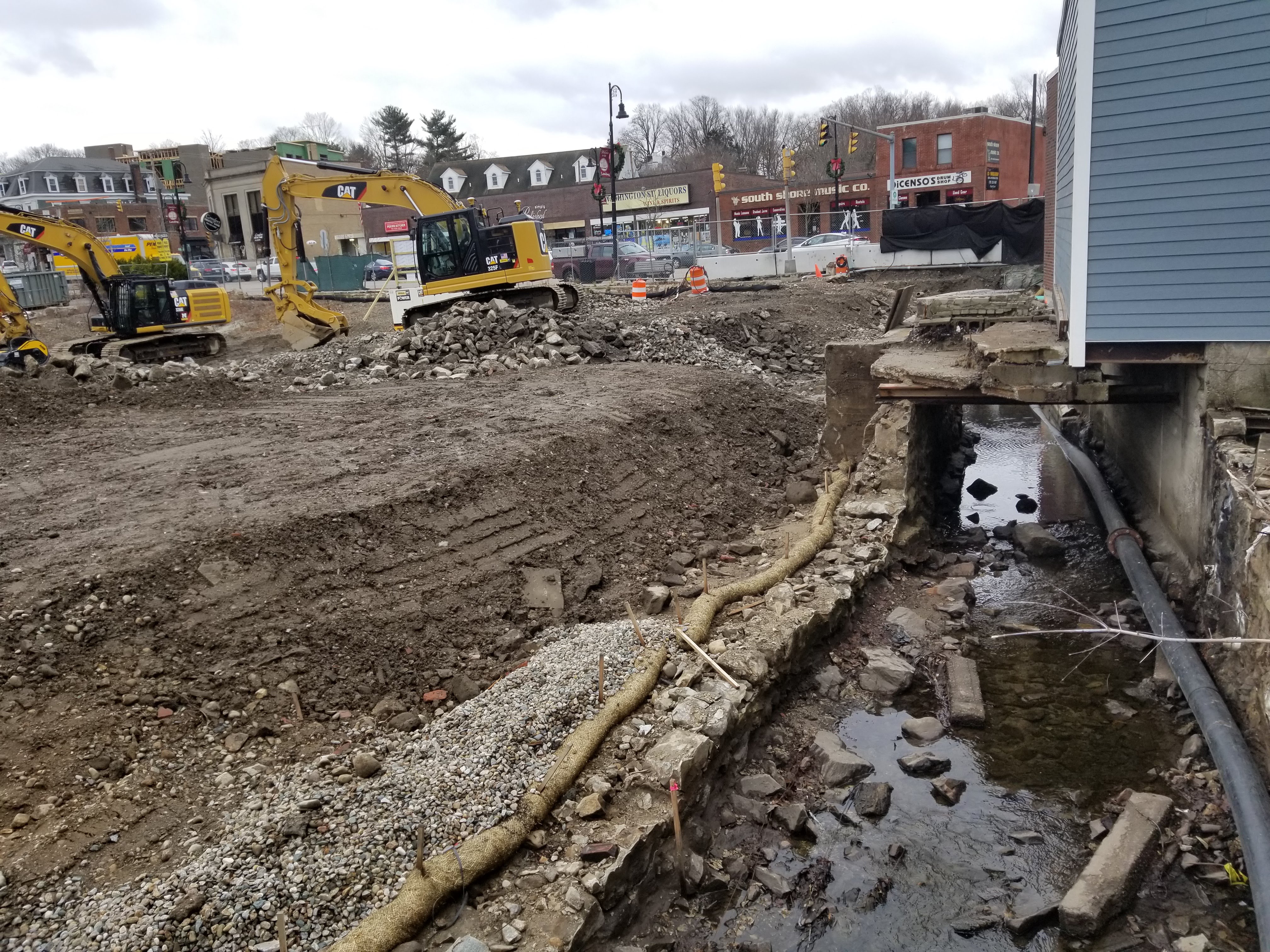Healthy Waterways
The Sierra Club Massachusetts Chapter is a part of the Massachusetts Rivers Alliance Coalition and believes that we should protect and restore rivers within the Commonwealth.
We believe clean water must be protected.
Dams
Sierra Club Massachusetts supports the removal of defunct dams in Massachusetts rivers and streams.
Massachusetts has over 3,000 dams that serve no use. Many of them powered old New England mills and factories. These dams now block fish passage for diadromous fish, or fish that migrate into our rivers and streams from the ocean to spawn or reproduce. Fish like river herring species like Alewife, Blueback Herring, Rainbow Smelt, Sea Run Trout, Atlantic Salmon, American Eel and Shad.
Dams also block the flow of nutrients and sediments behind their walls. These nutrients are important for ecosystems and sediments are important for the health of our streams as well as the sand and sediments on our beaches that are being eroded by stronger storms from climate change.
- Armstrong/Hollingsworth Dam on the Monatiquot River in Braintree, Massachusetts (Robert Kearns)
Dams create a man-made pool of water called an impoundment behind them. This water stays stagnant, increasing temperatures and decreasing dissolved oxygen in the water. Removing dams also has the benefit of improving dissolved oxygen levels and temperatures downstream of dams. Removing dam also restores the man-made impoundment to a natural stream.

- Photo of Dam Removal Construction (U.S. Fish and Wildlife Service)
Removing dams can also create access for recreational paddlers.
Culverts
Culverts are pipes which rivers and streams flow through to go under roadways or other infrastructure. In the past many of these pipes were built too small or were built higher than stream bed, causing them to be perched up above.
Fish and other small wildlife cannot get up over the large jump from the stream bed into the pipe.

- Perched Culvert in Smelt Brook Braintree, Massachusetts (Robert Kearns).
Undersized culverts also can cause water to travel at high velocities that prevent fish and other wildlife from crossing.

- Undersized culvert on Marasapin Creek in Barnstable, Massachusetts (Robert Kearns)
Watch this video about work on the Smelt Brook:
See our letter to the Massachusetts Culvert and Small Bridge Working Group.
See a video from The U.S. Fish and Wildlife Services on culverts and culvert replacement.
See our letter of support for Army Corps of Engineers 1135 Ecological Restoration Study for Smelt Brook in Braintree and Weymouth.
Daylighting
In urban areas many streams and rivers are piped underground in culverts. These pipes block the streams from the open air and sunlight and do not allow residents of cities to access their waterways. Many cities and urban areas are opening up culverts and restoring rivers to a more natural state.
Here in Massachusetts, the Muddy River Restoration Project as well as the Smelt Brook Daylighting project are two projects to daylight urban streams.

- Smelt Brook Daylighting Construction Project East Braintree/Weymouth Landing, Massachusetts (Robert Kearns)
Tidal Restriction
Dams, dikes, roads, undersized culverts and other barriers can block tidal waters from flushing estuaries and salt marshes. The absence of natural tidal flows can cause degradation of salt marshes and estuarine habitats. Tidal restrictions can also inhibit salt marsh migration with rising sea levels. Invasive species like phragmites can invade tidally restricted estuaries. Restoration of estuaries through removal of barriers and restoration of native plants and shellfish beds can help improve the environment for humans and wildlife alike.
-Tidal Restriction in an estuary on the Fore River in Weymouth, Massachusetts (Robert Kearns)
